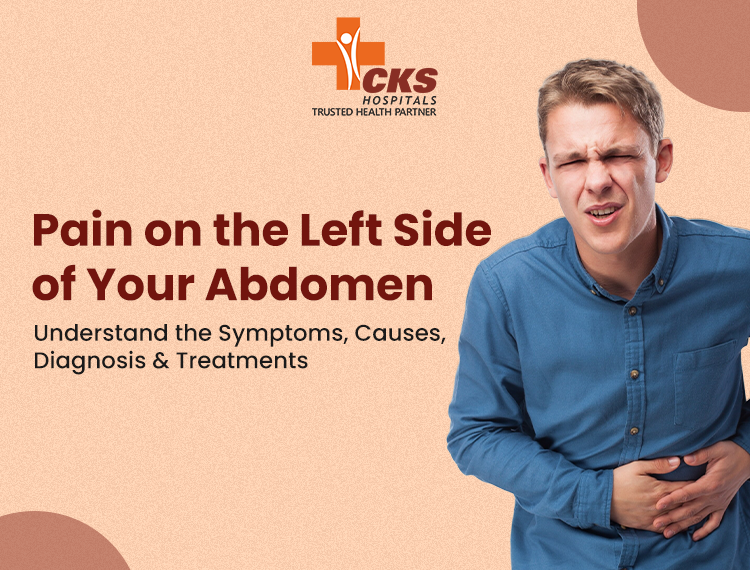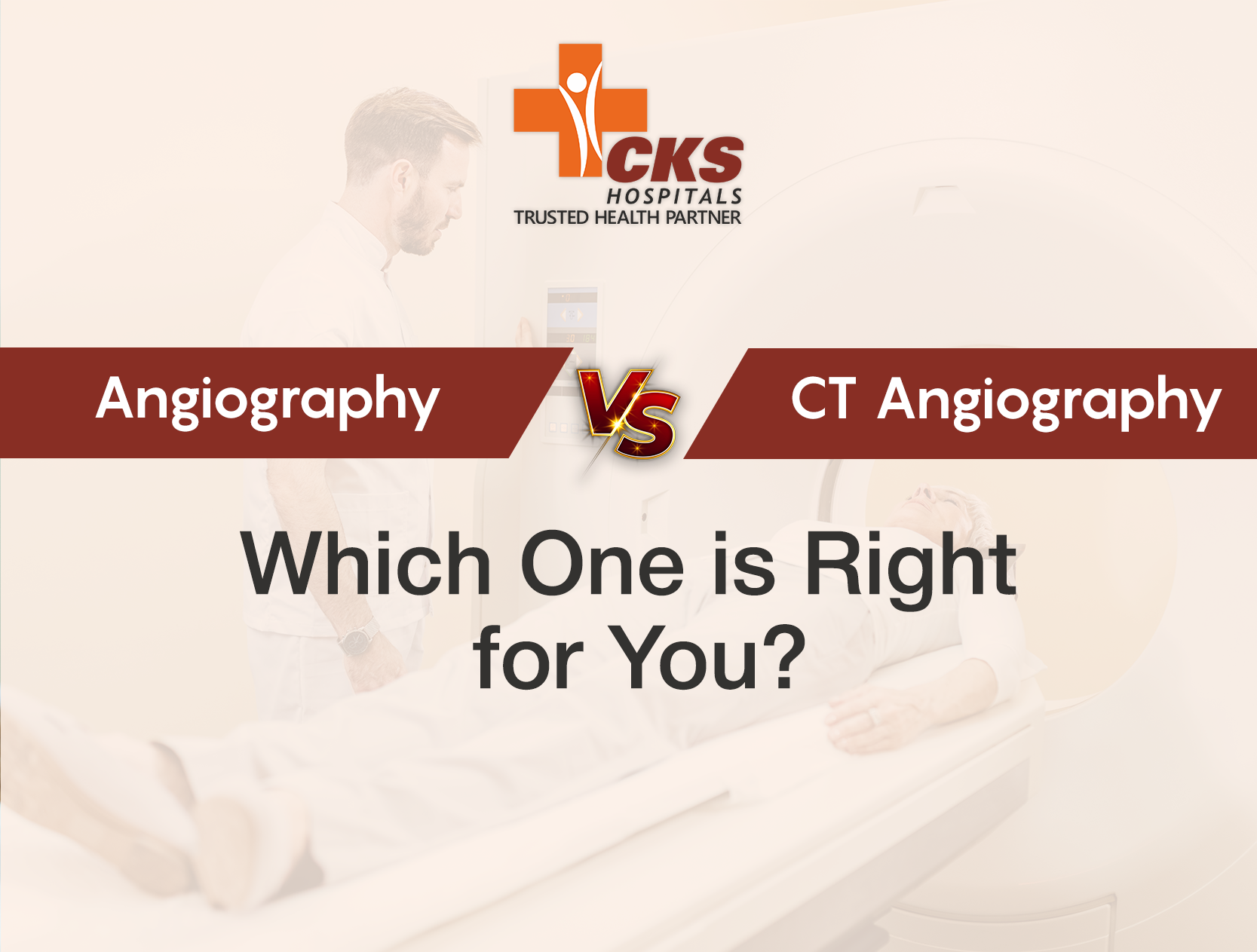Identifying the Factors Causing Knee Pain While Climbing Stairs
Knee pain when climbing stairs has become common these days. This pain is normally related to ailments due to the repetitive action of stair climbing. A detailed understanding of the underlying causes and signs of knee pain is required for powerful treatment and prevention. This article examines the basic reasons for knee pain while climbing stairs and presents realistic recommendations for easing and dealing with the discomfort. Following them will improve your potential to climb stairs with much less pain and more consolation.
Underlying Factors Causing Knee Pain While Climbing Stairs
Let’s discover some of the common factors that might be contributing to knee pain when climbing stairs. These factors can range from conditions like osteoarthritis, patellar tendinitis, or chondromalacia patella, to muscle imbalances and previous injuries. Understanding these underlying causes is crucial for effective treatment. If you are experiencing any of these symptoms, it’s important to seek professional advice. Consult the experts at CKS Hospital for comprehensive orthopedic and knee treatments to alleviate your pain and improve your mobility.
Chondromalacia Patella
Chondromalacia patella is one of the causes of knee joint pain while climbing stairs. Sometimes referred to as “runner’s knee,” it degrades the cartilage beneath the kneecap, generating ache and soreness.
Causes
- Frequent or repetitive strain at the knee joint
- Incorrect kneecap alignment
- Weak or unequal thigh muscular tissues
- Direct damage to the knee
- Degenerative problems like arthritis
Diagnosis
- A thorough bodily examination to assess knee movement and pain areas.
- X-ray imaging to look at bone alignment and potential damage
- MRI scans to provide a clear picture of cartilage health
- In superior instances, arthroscopic remedies can offer a right-away view of the knee’s interior structure.
Treatment
- Rest from sports that cause pain.
- You must strengthen your knee through physical remedies
- Further, anti-inflammatory drugs lessens your pain.
- You can also use knee braces to stabilize the kneecap
- Surgical options, if required, to realign or restore the kneecap.
Osteoarthritis
Osteoarthritis is a degenerative joint disease which makes knees hurt while climbing stairs. It is characterised by cartilage degradation leading to ache, stiffness, and restricted mobility. It affects the knees, hips, and arms in older adults.
Causes
- Aging results in natural degeneration of joints.
- Joint injuries or repetitive pressure at the joints.
- Increased body weight placing extra pressure on weight-bearing joints
- Genetic predisposition increases vulnerability to joint and cartilages.
- Existing diabetes or rheumatoid arthritis
Diagnosis
- A thorough exam on joint soreness, edema, etc.
- We recommend you to undergo X-ray imaging to get accurate results.
- You can also opt for MRI for visualization of bone structures anomalies.
- Analysis of joint fluid to differentiate osteoarthritis from different styles of arthritis.
Treatment
- Doctors prescribe pain-relieving medicines such as nonsteroidal anti-inflammatory drugs (NSAIDs) and acetaminophen to feel better
- Participation in remedy programs designed to improve the muscle mass around the joint.
- Corticosteroid injections are administered to lessen joint inflammation.
- Consider surgical techniques, which include joint alternatives, for superior stages of osteoarthritis.
Ligament Injuries
Ligaments are connective tissues that hold joints. Ligament injuries cause knee pain while bending. It results from ripping or overstretching of ligaments causing instability, commonly in the knees and ankles.
Causes
- Abrupt twists or turns leading to stretch or tear.
- Participation in sports activities activities that require fast directional shifts or collisions
- Mishaps or falls that cause forceful joint bending or overextension.
- Gradual wear and tear because of getting old or repetitive anxiety on ligaments.
- Genetic predisposition contributing to ligament laxity or fragility.
Diagnosis
- A thorough exam to assess joint stability, mobility, and sensitivity.
- Use of Magnetic Resonance Imaging (MRI) for an intensive evaluation of ligament circumstances and potential rips
- Conducting stress testing to the degree of ligament laxity and joint balance in managed instances.
- Using X-ray imaging to rule out fractures or related accidents in traumatic conditions
Treatment
- Implementation of the Rest, Ice, Compression, and Elevation (RICE) regimen to lessen ache and infection
- Supportive braces or splints are used to stabilize the damaged joint even as it heals.
- Consider surgical intervention or reconstructive techniques for critical ligament rips or instability.
Patellofemoral Pain Syndrome
Patellofemoral Pain Syndrome is knee pain caused by terrible kneecap alignment that’s normally exacerbated via activities which include stairs climbing, strolling, or squatting. Let’s discuss about it in detail!
Causes
- Excessive sprinting and leaping exerting pressure at the knee joint
- Patellar alignment troubles because of muscle imbalances or anatomical defects.
- The muscle tissue surrounding the knee, inclusive of the quadriceps and hamstrings, are vulnerable or tight.
- Lower limb misalignment, consisting of flat feet or knock knees.
Diagnosis
- Clinical evaluation includes a radical examination of knee soreness, tenderness, and monitoring anomalies.
- Radiographic checks, together with X-rays or MRI scans, are used to rule out other knee illnesses and compare structural anomalies.
- Functional examinations to analyze walking styles and biomechanics that make contributions to the circumstance.
Treatment
- Implementation of rest and pastime changes to reduce stress at the knee joint.
- Prescriptive bodily therapy has the speciality of strengthening the quadriceps and hip musculature, in addition to stretching remedies to improve flexibility.
- Adoption of orthotic devices to correct alignment troubles.
- Use of ache relief techniques consisting of cryotherapy and NSAIDs.
- To avoid symptom recurrence, step by step resume bodily activity while following suitable warm-up tactics and conditioning.
Cartilage Injury
Let’s proceed now to cartilage injury. Cartilage harm is defined as damage to the clean tissue that covers joints, ensuing in pain, edema, and constrained movement. Common causes encompass degenerative diseases together with osteoarthritis.
Causes
- A fall or a sports activity can cause cartilage damage.
- Cartilage flaws or abnormalities due to genetics.
- Osteoarthritis or rheumatoid arthritis may lead to cartilage injury.
Diagnosis
- Imaging examinations and scans to visualise cartilage damage and assess the severity of the injury.
- Arthroscopic examinations permit direct sight of joint and cartilage integrity, making an allowance for specific analysis and remedy making plans.
Treatment
- Conservative strategies, such as rest and physical remedy to relieve signs and symptoms.
- Surgical healing procedures, consisting of arthroscopic debridement, microfracture, and cartilage repair operations, are used to deal with greater extreme cartilage injuries.
- To restore joint stability and avoid future accidents, rehabilitation applications emphasize strengthening, flexibility, and proprioceptive sports.
Meniscus Tear
A meniscus tear is a common knee ailment that affects the cartilage that cushions the joint and is often due to twisting motions. The symptoms consist of discomfort, edema, and trouble moving the knee. Let’s dive in to know more about it.
Causes
- Rapid twisting or bending of the knee.
- Age-related degenerative modifications weaken the knee.
- Athletes who perform pivoting or squatting movements.
- Obesity leading to multiplied load on the knee joint.
- Individuals with structural abnormalities or misalignment of the knee joint can be greater prone to meniscus injury.
Diagnosis
- Clinical exam includes assessing signs such as knee pain, edema, and limited range of movement.
- Imaging research, along with MRI scans, permit unique visualization of the meniscus and might verify the severity of the tear.
- Physical exam, consisting of the McMurray and Apley assist to diagnose meniscus tears and degree joint stability.
Treatment
- Rest, ice, compression, and elevation (RICE) are conservative healing picks for decreasing pain and swelling.
- Arthroscopic surgical procedure can be required to treat or get rid of intense or continual meniscus tears.
- Rehabilitation methods serve to repair knee features, growth mobility, and avoid destiny accidents.
Tendinitis
Now, let’s head on to tendinitis. Tendinitis is the infection or irritation of a tendon, which is often due to repeated strain or misuse. It causes pain and tenderness near the damaged joint, which is most generally found inside the knees, shoulders, or elbows.
Causes
- Poor frame mechanics or irrelevant form all through sports inclusive of walking or weight lifting can cause undue strain on tendons.
- Tendons may additionally become less resilient due to aging.
- Certain clinical diseases, consisting of arthritis or diabetes, can weaken tendons, making them more prone to irritation.
Diagnosis
- A healthcare professional does a scientific examination to test for symptoms consisting of soreness, edema, and decreased variety of motion.
- Imaging research, inclusive of ultrasound or MRI, can be achieved to see the tendon and suggest proof of infection or damage.
Treatment
- Rest and warding off activities that get worse symptoms will help the inflamed tendon heal.
- Ice packs can assist relieve soreness and swelling due to tendinitis.
- Supportive aids, which includes braces or splints, can provide balance and simplicity tension at the torn tendon at the same time as doing normal obligations.
- In extreme cases, corticosteroid injections or surgical intervention may be taken into consideration to ease symptoms and mend tendons.
Bursitis
Let’s look into the technicalities of bursitis! Bursitis is an irritation of the bursae, which are tiny fluid-filled sacs that cushion the bones, tendons, and muscle groups surrounding joints. It produces pain and swelling, commonly inside the shoulders, elbows, or hip.
Causes
- Repetitive moves or strain on a joint can worsen the bursa.
- Direct damage or damage to the affected region.
- Prolonged kneeling, including gardening or construction.
- Inflammatory including rheumatoid arthritis or gout.
- Bursal contamination, even though it’s uncommon.
Diagnosis
- Physical examination is needed to examine the joint.
- If infection is suspected, fluid from the afflicted bursa can be aspirated and analyzed.
Treatment
- You should take rest to alleviate stress at the infected bursa.
- Apply ice packs to relieve pain and swelling due to bursitis.
- Corticosteroid injections can be given without delay into the inflamed bursa to lessen irritation and alleviate ache.
Exercises to Relieve Knee Pain
- Quad Sets – You have to straighten your legs and contract your thigh muscle groups, pressing the back of your knee down into the floor.
- Straight Leg Raises – Lie to your back, bend one knee, and straighten the alternative leg. Lift the leg to the equal top of the bowed knee.
- Hamstring Curls – Bend one knee and position your heel in your buttocks.
- Calf Raises – Stand along with your feet hip-width apart, slowly lifting your heels off the ground, then decreasing them back down.
- Wall Squats – Lean against a wall, feet shoulder-width aside, and slide down till knees bend at a 45-degree angle. Hold for some seconds.
Treatment Options for Knee Pain
- You must take a break from activities that exacerbate aches and apply ice packs to reduce inflammation.
- Doctors prescribe pain relievers collectively with ibuprofen or acetaminophen to alleviate soreness.
- You should involve yourself in bodily games and stretches that can improve muscle tissue around the knee and enhance flexibility.
- Further, knee braces or orthotic gadgets additionally offer balance and reduce strain at the joint.
- Corticosteroid injections can be administered to reduce infection and alleviate pain.
- In excessive instances, surgical interventions like arthroscopy or knee substitute may be encouraged.
Tips to Prevent Knee Pain
- Maintaining a wholesome weight is crucial to keep away from stress on the knees, as excess weight can stress them.
- To guide the knee joint, improve the quadriceps, hamstrings, and calf muscle groups via normal exercise.
- To reduce knee stress in view of an athletic hobby, use right form and techniques.
- Wear supportive shoes to absorb the effect and reduce knee discomfort.
- Warm up and cool down before and after exercising to prepare muscle corporations and joints.
- Switch amongst high- and low-impact activities to keep away from overuse accidents.
Conclusion
To summarize, appropriate remedies and prevention of knee soreness are vital for retaining mobility and general well-being. Individuals can lessen their pain in the knee while climbing stairs through engaging in regular exercise, coping with weight, and making lifestyle adjustments. For people in want of comprehensive knee care, CKS Hospital is the best hospital in Jaipur for joint care. CKS Hospital, with its present-day centres, competent scientific workforce, and individualized approach, presents an extensive range of sophisticated knee treatment options. Whether it’s rehabilitation, minimally invasive strategies, or surgical interventions, CKS Hospital is dedicated to imparting complete care and restoring patients’ knee health with professionalism and compassion.
Recent Posts
- All Posts
- Blog

Read More
Our Speciality
- Cardiology & Cardiac Surgery
- Neurosurgery
- Orthopedics & Joint Replacement
- Urology
- Gastroenterology
- Nephrology & Dialysis
- Bariatric & Metabolic Surgery
- ENT & Head Face Neck Surgery
- Internal Medicine & Critical Care
Explore More
Our Doctors

Dr Prakash Chandwani
(Chief Managing Director) Director & Head Dept of Cardiology

Dr Mahesh Goyal
Director & Head Dept of Allergy Specialist, Asthma & Sleep

Dr Mohammed Sharif
CEO & Global Operations

Dr Ghanshyam Agrawal
Consultant Dept of Neuro Surgeon

Dr Sumit Kamble
Consultant Dept of Neurology
See All Doctors

